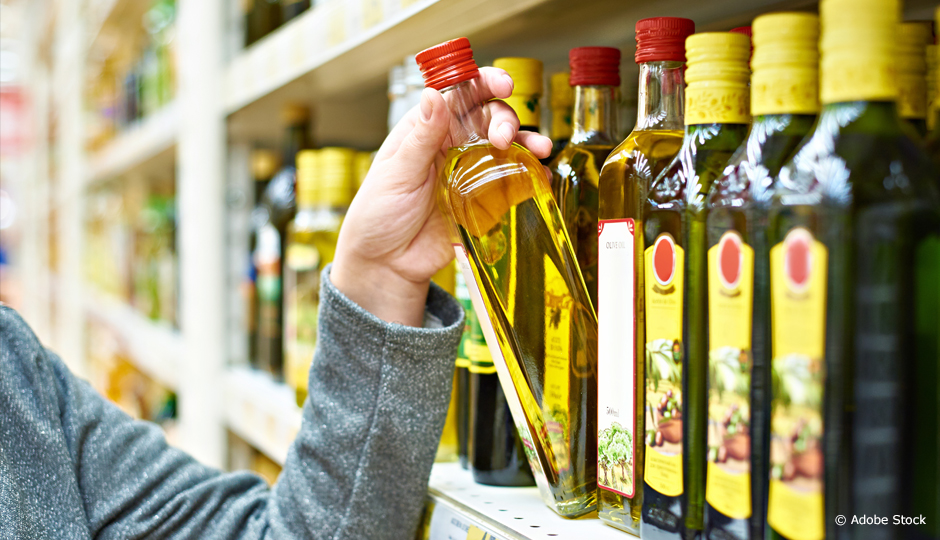Food fraud is a global scourge, and more and more organizations are looking into this problem that is affecting the agri-food industry and represents a serious public health issue. To combat food fraud, a first step consists of building databases containing the chemical characteristics of authentic foods. Claude-Paul Lafrance, a professor in the Department of Chemistry at Cégep de Lévis-Lauzon and a researcher at TransBIOTech, has developed a solution that combines two analysis techniques to create a statistical signature for authentic foodstuffs. The researcher is currently working on developing a methodology for authenticating maple syrup.
As food authenticity and traceability have become pressing issues, this technique comes at the right time to contribute to eradicating food fraud.
He first applied liquid chromatography to separate the molecules in the syrup. Using a sophisticated mass spectrometry technique, the molecules were then detected and isolated according to mass. A portion of these molecules were fragmented so that they could be identified by comparing them with other molecules stored in a database. To test the detection tool, Claude-Paul Lafrance used two groups of maple syrup samples: certified pure maple syrup, and syrup which had been deliberately adulterated. The data obtained were then processed to determine which molecules were characteristic of authentic maple syrup. Any maple syrup sample can then be evaluated to ensure authenticity.
As food authenticity and traceability have become pressing issues, this technique comes at the right time to contribute to eradicating food fraud, especially in the maple industry. It has also proved effective for verifying the metabolization of new drugs and identifying the organic substances created after their ingestion. Recently, the technique has been applied to tea, allowing researchers to compare the levels of antioxidants in green tea and pu’erh tea.




